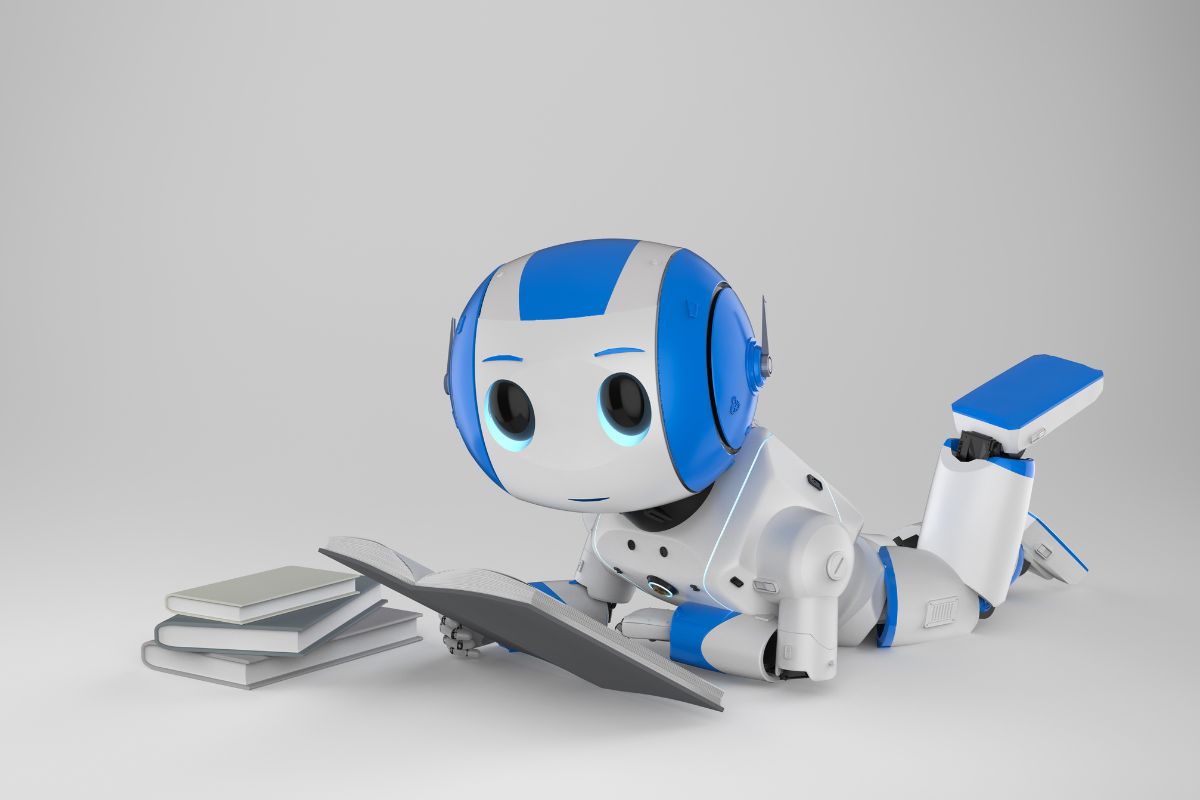The company’s researchers want the devices to be able to better respond to human requests.
Google is bringing its Everyday robots together large language models to provide them with a greater capacity to assist humans with a spectrum of daily tasks.
The idea is to provide the devices with improved responses to requests made in different wordings.
The Everyday Robots are being developed by Google’s parent company Alphabet’s experimental division called X. The gadgets were introduced into the company’s offices in 2021 to assist with daily tasks around the workplace such as cleanup.
Company researchers explained that the most robotic systems are currently able to respond only to short, specific commands. For instance, “pick up a broom.” The research team feels that by introducing large language models, it will open up a considerable step in the improvement of the machines and the responses they are able to have to instructions.
Large language models are a type of natural language processing system. These models are trained on an enormous volume of text.

Using large language models will improve Everyday Robots responses to instructions.
By introducing the large language models such as PaLM from Google Research to the machines, it could be that the devices will be able to interpret the desired responses for commands that sounds more general. It also has the potential to let them react properly to a situation with higher linguistic complexity.
For instance, if someone says, “I spilled my drink, can you help?”, a machine with the large language models will be able to respond by fetching a sponge and cleaning the spill. This would be an improvement over the need to instruct the machine to “pick up a sponge”.
“We thought that combining this advanced language model with a robot that can learn by itself, will allow us to leverage the benefits of each,” explained Karol Hausman, a Google research scientist quoted in a recent Silicon Republic report.
The team behind the PaLM-SayCan system is pleased with the progress the Everyday Robots have made so far. They said that of 101 office kitchen environment tasks tested so far, the machines chose the right skills for their response 84 percent of the time, with a 74 percent successful execution rate.
